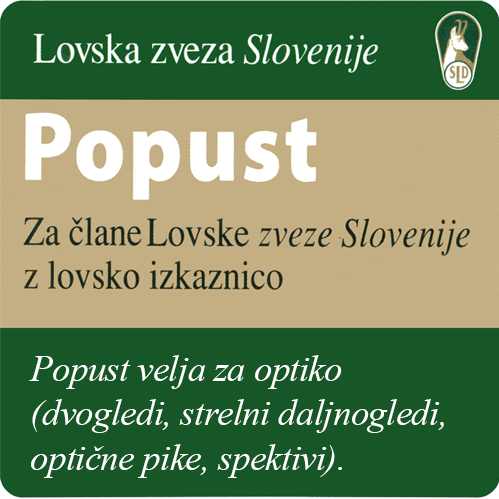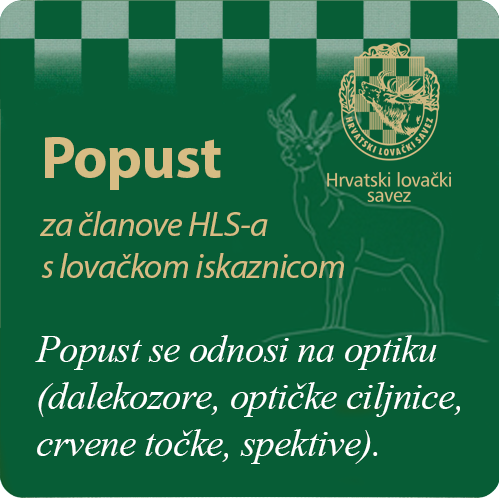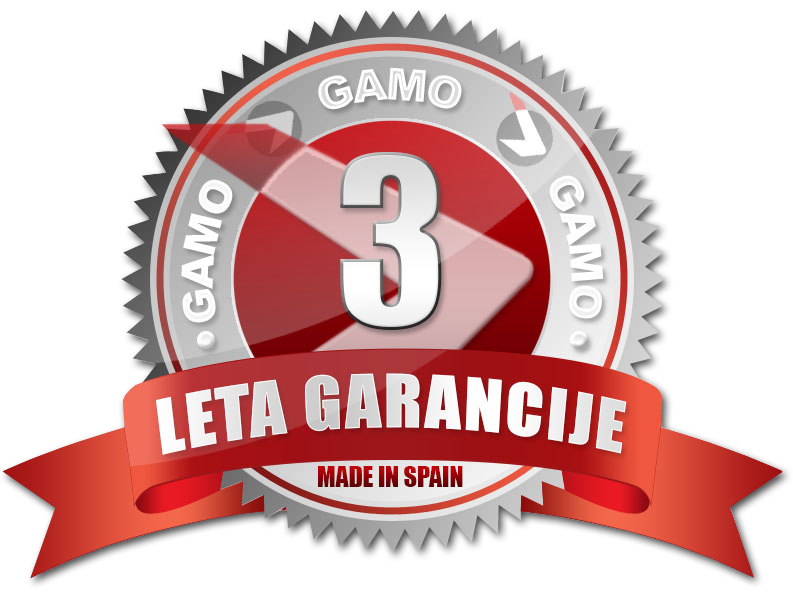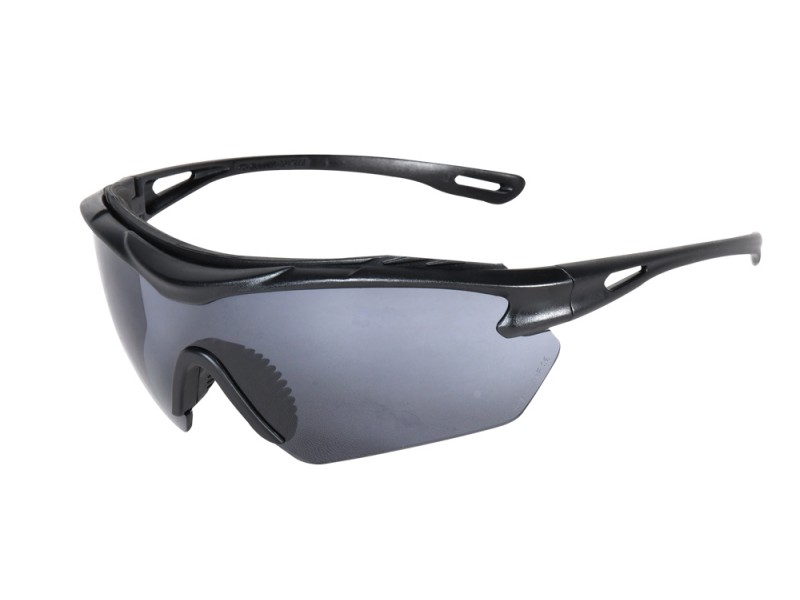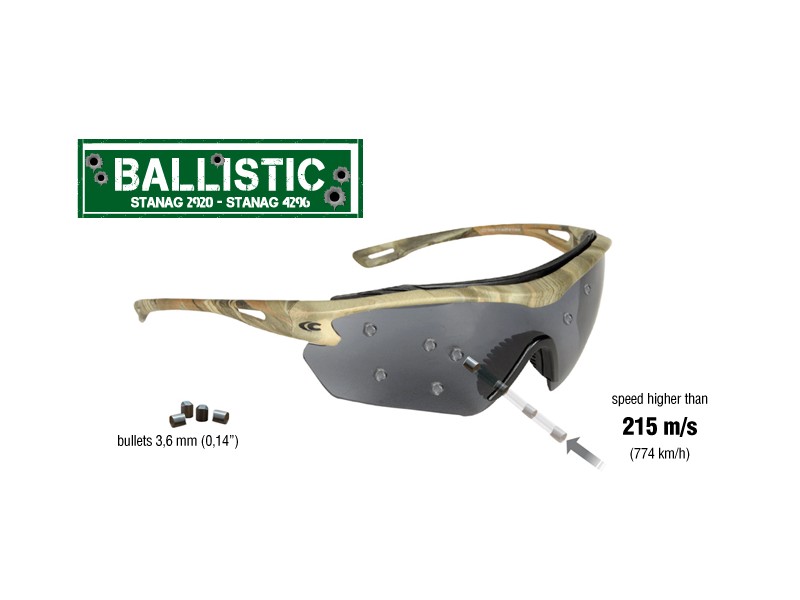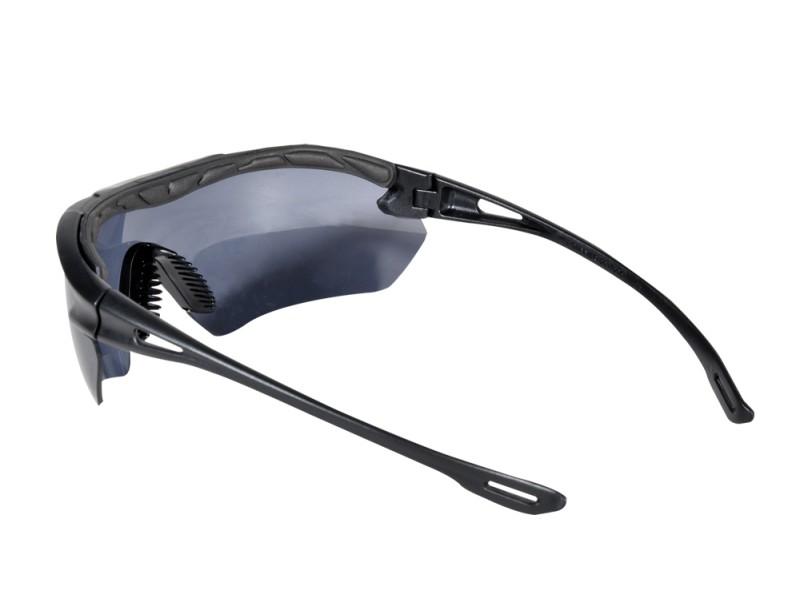COFRA Gunner Ballistic safety glasses - dark

- Material: polycarbonate
- Lens color: dark
- Curvature: 7
- UV protection: 400
- Weight: 33g
- Standards:
- EN 166 - General standard,
- EN 170 - Ultraviolet filters,
- STANAG 4296 - Eye protection for the individual soldier / ballistic protection
WHAT IS BALLISTIC RESISTANCE STANAG 4296?
STANAG 2920 and STANAG 4296 are standards for assessing ballistic resistance in all NATO member countries. Unlike compliance with the European standard EN 166, which specifies resistance to impacts from a steel ball with a diameter of 6 mm and a mass of 0.86 g striking the lenses at a speed of 45 m/s, compliance with the STANAG 4296 standard ensures ballistic resistance as defined by the STANAG 2920 standard, which specifies ballistic resistance against projectiles with a caliber of 3.6 mm (0.14″) and a weight of 325 mg, fired at a speed of 215 m/s or 774 km/h (with the possibility of achieving even higher speeds as stated in the test report). STANAG 2920 does not define a minimum protection threshold in the same way as EN 166, but allows for the determination of the V50 speed, which represents the speed at which a bullet can penetrate the lens with a 50% probability. Additionally, glasses meeting the STANAG 4296 standard must also meet numerous requirements, such as:
• resistance to impacts under conditions specified by STANAG 2920;
• criteria regarding their use: glasses must be as light and comfortable as possible, have maximum mist reduction (with ventilation and/or appropriate coating) and have good scratch resistance for prolonged use;
• optical quality: glasses must provide a field of view of at least 160° and must not distort vision;
• additional properties: glasses must have as low a degree of glare as possible and must be compatible with the use of other protective elements.







